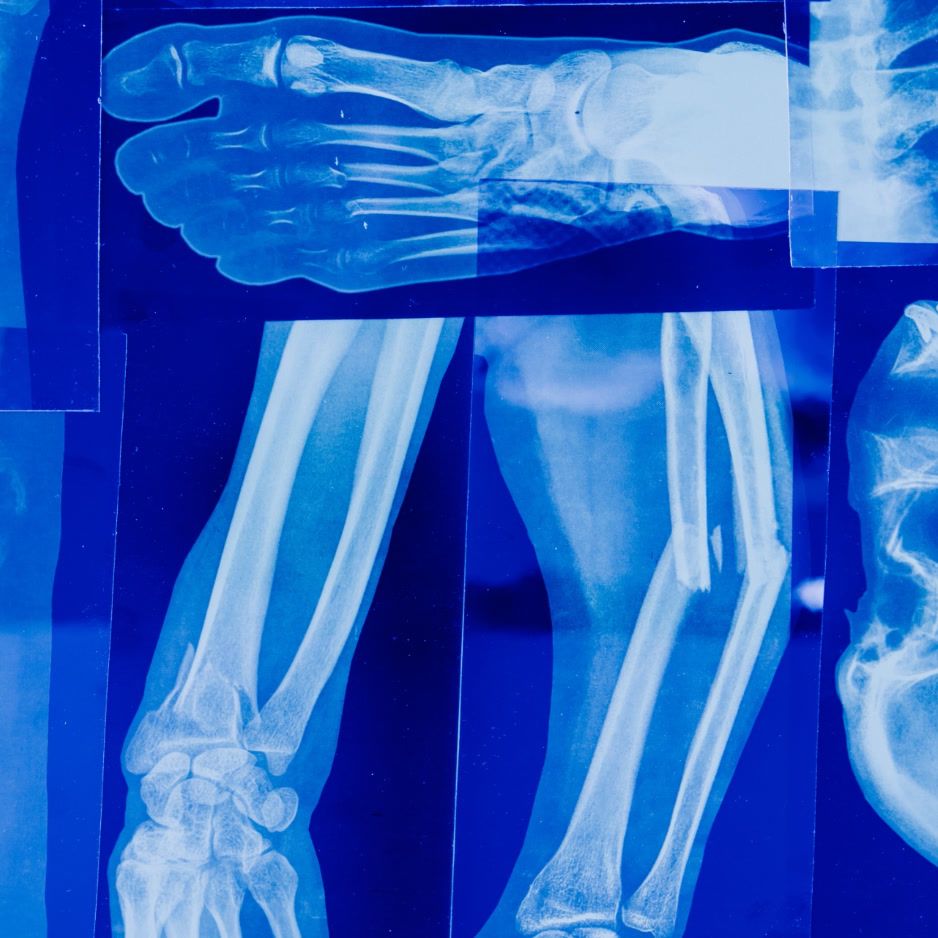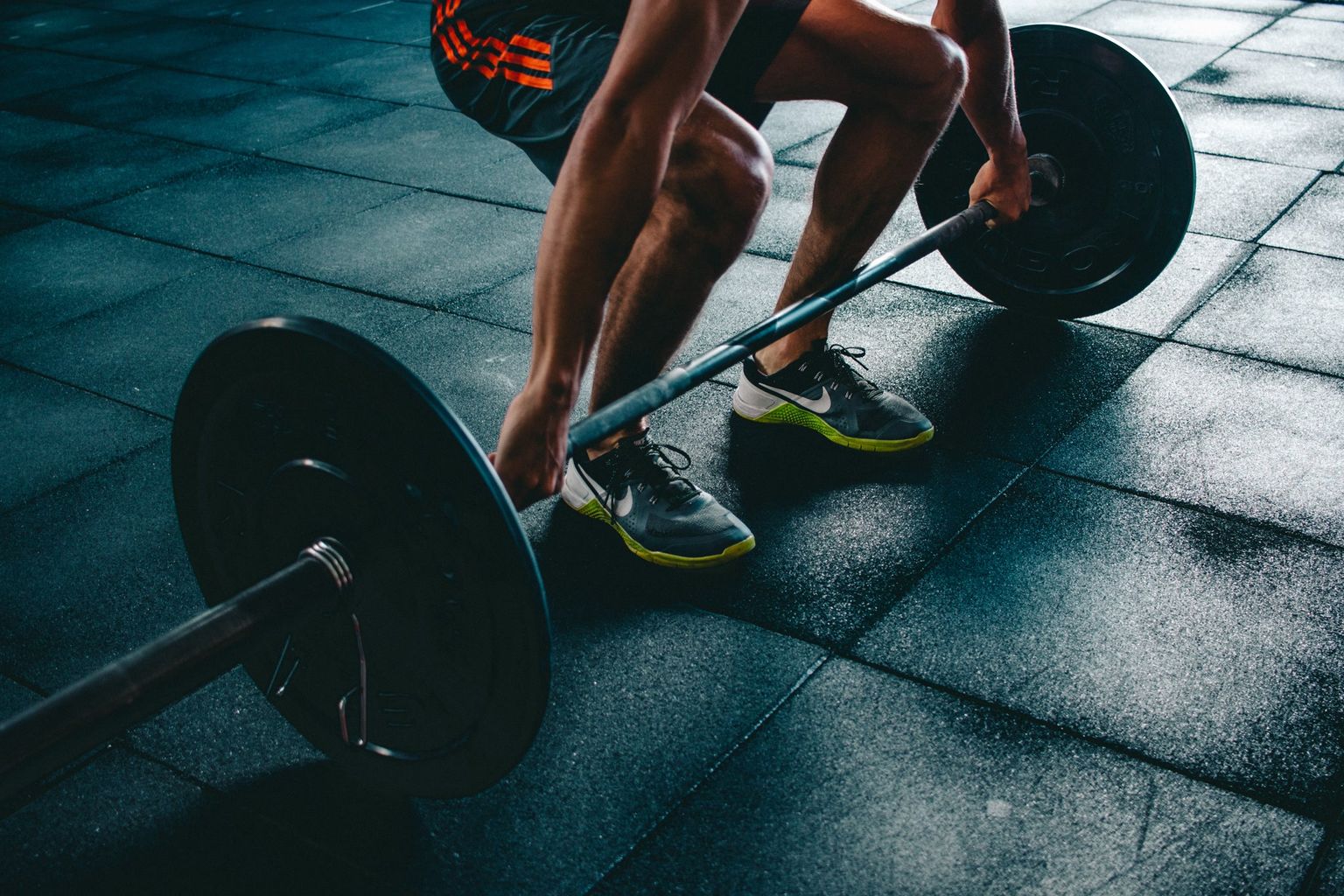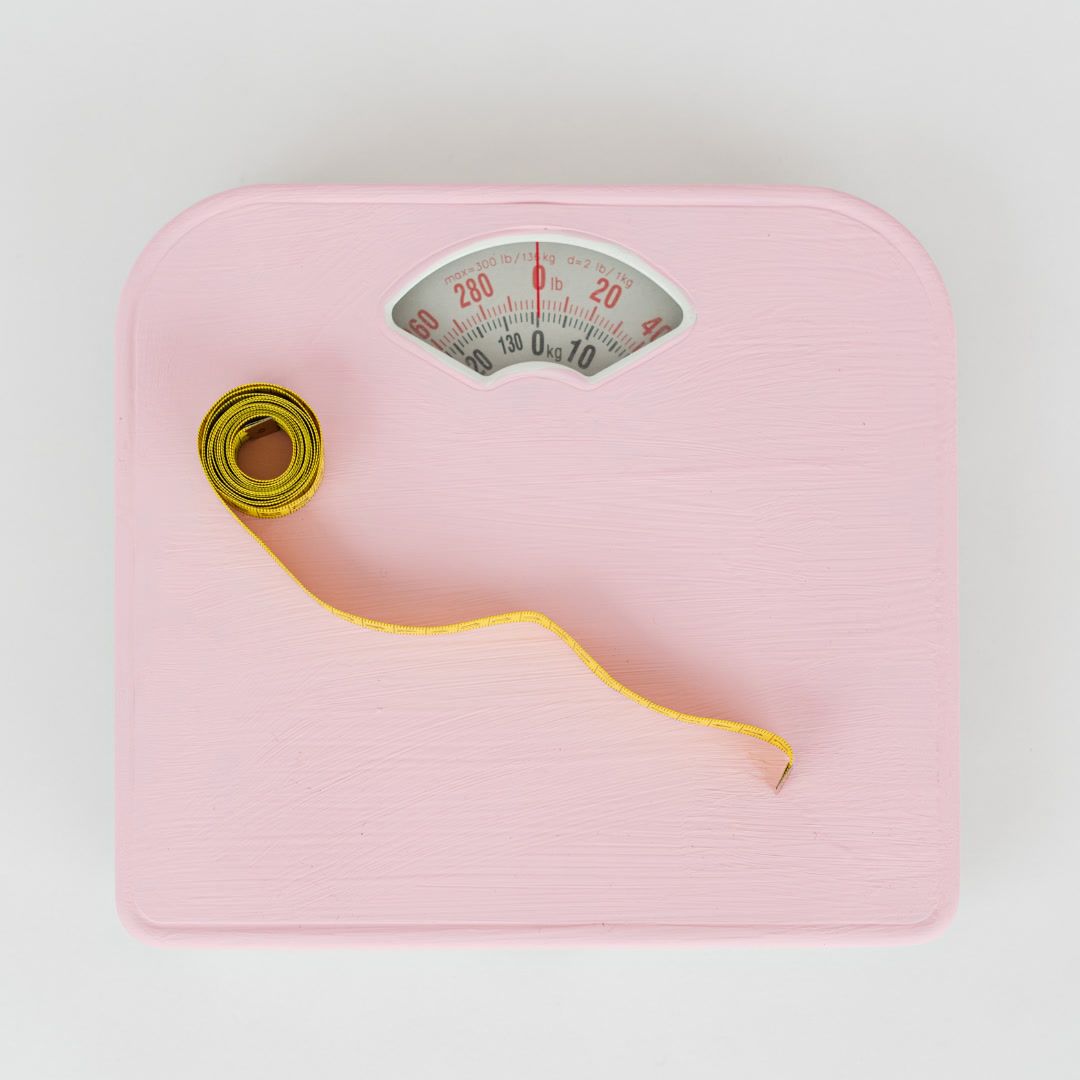Walking vs. Running: Which Is Better For You?

Walking vs. Running: Which Is Better For You?
Too long; didn’t read (TL;DR)
- Walking is gentler on the joints and easier to sustain daily.
- Running burns roughly 2–3× more calories per minute, delivering faster cardio and weight-loss benefits.
- The “better” choice depends on your goals, injury history, schedule, and enjoyment.
Why This Debate Matters
New exercisers need a safe on-ramp, performance seekers crave speed, and older adults worry about aching joints. This guide tackles the perennial question “Is walking better than running?” by comparing the two activities on calorie burn, injury risk, heart health, bone density, visceral-fat reduction, and long-term adherence—so you can choose the path that best fits your goals and lifestyle.
Walking vs. Running At a Glance
| Metric | Brisk Walking (3.5 mph) | Jog/Run (6 mph) |
|---|---|---|
| Calorie burn (155-lb person) | ~4.9 kcal/min (Harvard Health) | ~12.4 kcal/min (Harvard Health) |
| Ground-reaction force | ~1.2 × body weight (WebMD) | 2–3 × body weight (WebMD) |
| Injury incidence (per 1,000 hrs) | 0.2–1.5 (PubMed) | 7–18 (PMC) |
| VO₂-max improvement (≈12 wks) | ≥11 % (PMC) | 15–20 % (PMC) |
| Bone-density impact (femoral neck) | Maintenance | ↑1–3 % (PLOS ONE) |
1. Calorie Burn, Weight-Loss Efficiency & Sustainability
Running’s higher speed and up-and-down motion mean you expend more energy per minute and per mile. Harvard data show a 155-lb adult burns about 12.4 kcal/min running 6 mph versus 4.9 kcal/min walking 3.5 mph (Harvard Health).
If your goal is rapid fat loss in the shortest workout window, running generally delivers results faster. On the other hand, for long-term, injury-free consistency, brisk walking paired with smart nutrition can achieve similar weight-loss totals because it’s easier to recover from and less likely to sideline you.
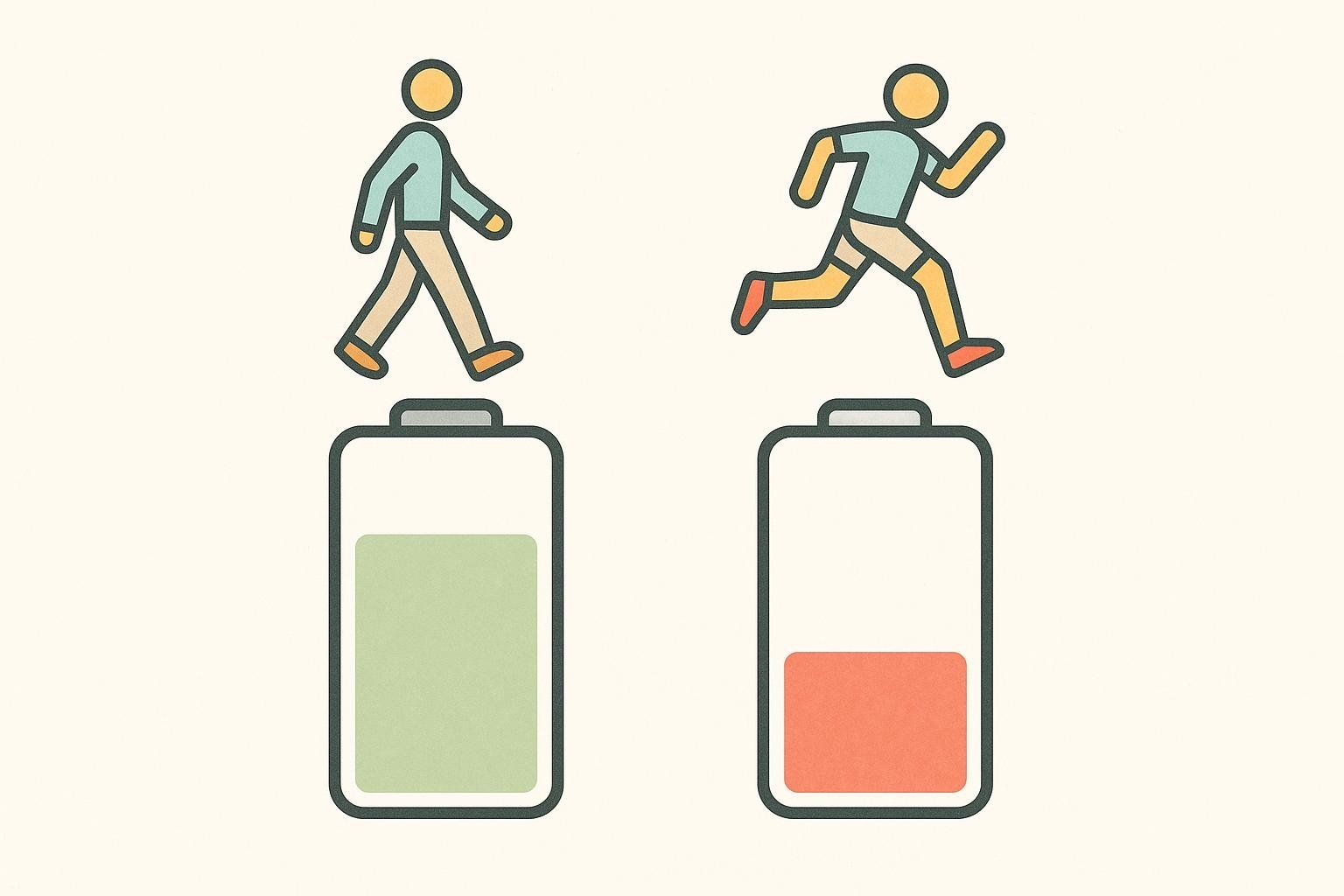
Walking Hacks to Narrow the Gap
- Increase incline – A 5 % grade can raise energy expenditure by nearly 50 % (Frontiers in Public Health).
- Add intervals – Speed-walk 1 min, stroll 1 min.
- Use a weighted vest – Wearing a vest equal to about 15 % of your body weight can raise calorie burn during walking by roughly 12 % compared with unweighted walking (Verywell Health).
2. Joint Impact & Injury Risk
Each foot strike while running can generate forces 2–3 × body weight, whereas walking hovers near 1.2 × (WebMD). That’s why runners report shin splints, IT-band syndrome, and stress fractures more often.
If you have a history of knee pain, start with a walk-run program like Couch-to-5 K, and progress gradually—sports-medicine research supports a guideline known as the 10 % rule, which advises increasing distance by no more than 10 % per week to lower injury risk (British Journal of Sports Medicine). Consider supplementing your cardio with strength training for runners.
3. Cardiovascular & Metabolic Benefits
Both activities lower blood pressure, improve insulin sensitivity, and elevate HDL. However, running imposes greater heart-rate stress, yielding larger VO₂-max gains in less time (Healthline). If you’re focused on race performance or seeking significant VO₂-max gains, the higher intensity of running is more effective.
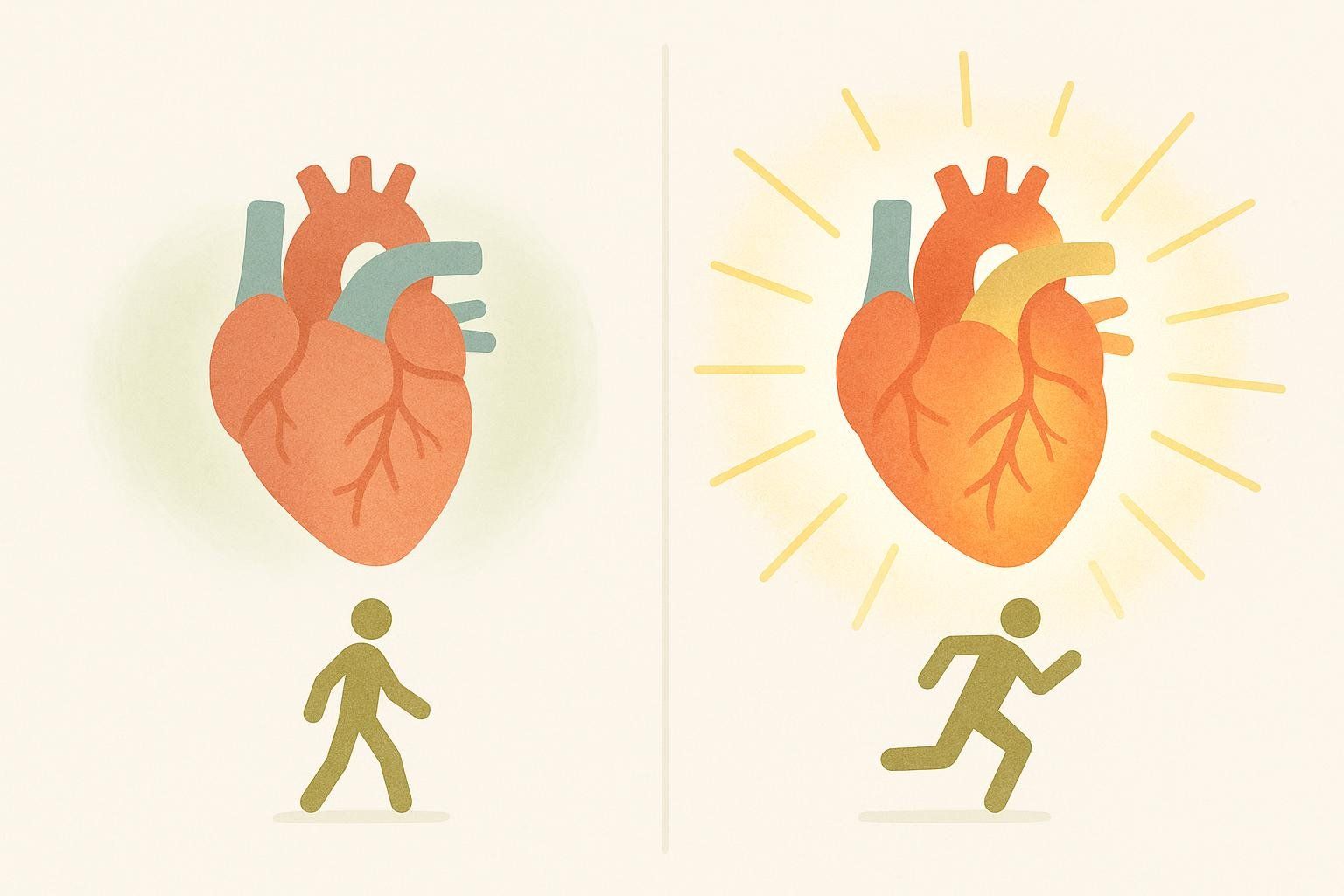
You can estimate your aerobic fitness using our VO₂-max chart.
4. Bone Density & Body Composition
Running’s higher impact stimulates osteoblast activity and can increase femoral-neck BMD by up to 3 % over 12 months (PLOS ONE). Walking helps maintain bone density, but may not increase it as effectively as higher-impact running.
Whether you walk or run, the bathroom scale may not reflect fat-versus-muscle shifts. A BodySpec DEXA scan tracks visceral-fat change, lean-mass preservation, and bone-density trends. Review our explainer on how to interpret DEXA results to get the most from your data.
5. Mental Health & Consistency
Both activities can lift mood and reduce stress—walking offers a social, low-stress way to clear your head, while running can deliver a sharper endorphin rush for those seeking intense stress relief. Pick the option you genuinely enjoy and you’ll be far more likely to stay consistent.
6. Which Is Better for You? Plans for Different Goals
Beginners Focused on Weight Loss

- Sample plan: aim for 8,000–10,000 steps per day and two 30-minute incline walks each week.
- Progression suggestion: add 5-minute jog segments when knees feel solid.
Performance-Oriented Runners
- Sample plan: schedule 3–4 quality runs each week and one low-intensity walk for recovery.
- Tracking tip: monitor VO₂-max and body-fat percentage with quarterly DEXA scans.
Active Adults Prioritizing Joint Health

- Sample plan: enjoy a daily 45-minute social walk; add 20-second strides on a soft track once per week to maintain power.
7. How to Decide: A Quick Self-Assessment
- What is your injury history? If you experience persistent aches or previous joint issues, start with walking.
- How urgent is your weight-loss timeline? A tight deadline calls for adding running intervals to boost calorie burn.
- Which activity do you enjoy more? The best exercise is the one you’ll repeat consistently.
- Are you data-driven? Running provides granular metrics (pace, heart-rate zones), while walking prioritizes consistency (daily step count, distance).
8. FAQs
Does walking burn more fat than running?
Walking uses a higher percentage of fat for fuel, but running torches more total calories—and therefore more total fat—in the same time window. Over 30 minutes, a run almost always wins for absolute fat burned, even though the fat-fuel percentage is lower (Frontiers in Physiology).
So, is walking better than running overall?
For joint friendliness and day-to-day sustainability, walking often wins. For time-efficient calorie burn and rapid cardiovascular gains, running comes out ahead. The “better” choice depends on your goals, schedule, and injury history.
Can I lose weight by walking 30 minutes a day?
Yes—if paired with a modest calorie deficit. Dive into our 10,000-steps guide for strategies.
Is it bad to run every day?
We recommend at least 1–2 rest or cross-training days to avoid overuse injuries.
Will walking hurt my knees less?
Generally yes, thanks to lower ground-reaction forces, but proper shoes and surface still matter.
The Bottom Line
Walking and running aren’t enemies—they’re tools. Blend them based on goals, comfort, and enjoyment. Then let BodySpec track your progress with a medical-grade, highly accurate body-composition scan.
